Inginerii cvadruplei campioane mondiale au analizat şasiul şi, chiar dacă nu au anunţat oficial dacă există într-adevăr o problemă de natură tehnică, au decis să-i ofere germanului un nou şasiu pentru debutul sezonului european, programat la Barcelona în weekendul 9-11 mai.
"S-a decis deja. La Barccelona, Vettel va avea un nou şasiu, pentru că uneori chiar şi cea mai mică găurică poate avea consecinţe majore", a declarat Helmut Marko, consultantul Red Bull.
În plus, echipa a putut profita şi de pauză de trei săptămâni între cursele din China şi Spania pentru a pregăti în mod corespunzător noul şasiu.
Marko este de asemenea încrezător că noul şasiu îi va permite lui Vettel să-şi îmbunătăţească performanţele comparativ cu cele ale coechipierul său Daniel Ricciardo şi face o referire directă la sezonul 2012, în care germanul a beneficiat de asemenea de un nou şasiu.
"În 2012, Vettel a avut probleme comparativ cu Mark Webber, dar după o schimbare de şasiu totul a fost brusc mult mai bine şi şi-a recăpătat încrederea. A fost aproape invincibil şi a câştigat titlul", a mai precizat austriacul.
Via GMM
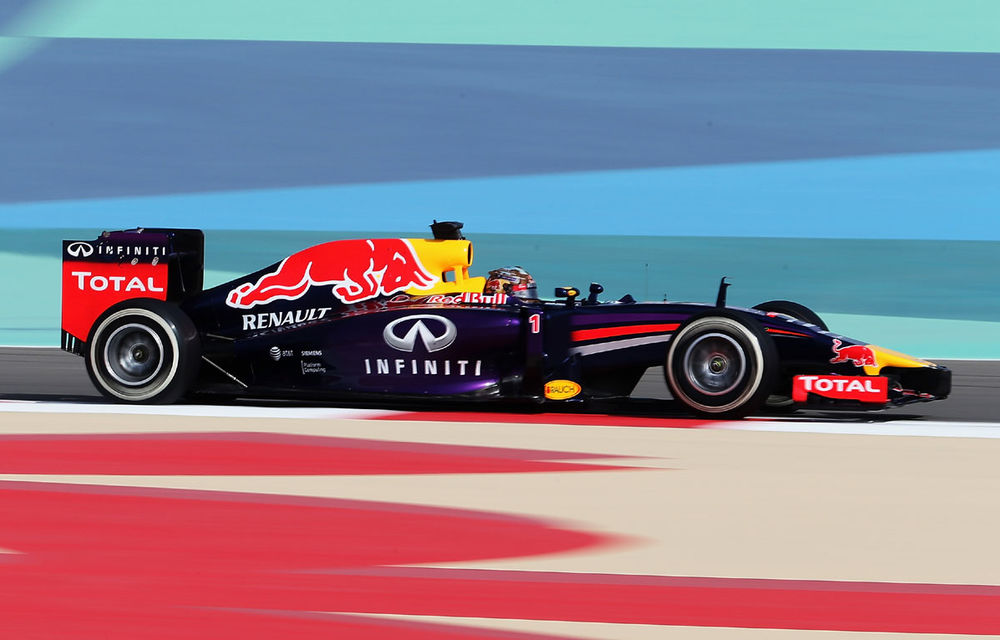

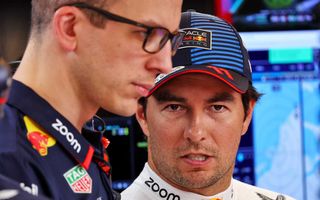

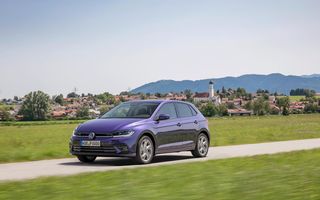
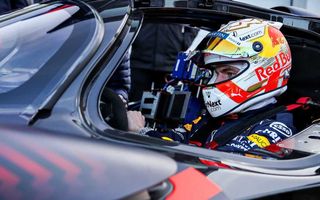
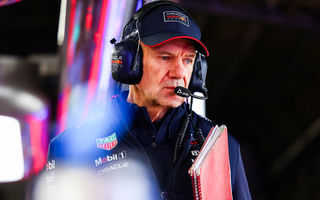
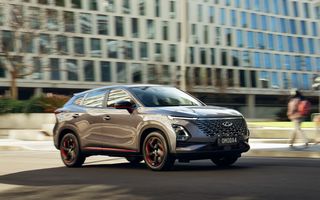

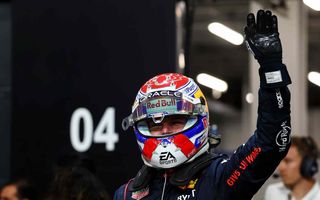
Trebuie sa ii dai pilotului ce i se potriveste. Despre asta e vorba in F1 daca vrei sa castigi titluri
M-am saturat pana in gat sa citesc declaratii facute de retardatul ala de Marko. Si cred ca sunt in asentimentul multora de pe aici...
"Vettel fara masina perfecta..."
Pana la urma despre asta e vorba in F1, sa faci cumva sa te descurci si sa iesi in fata. Vettel a facut-o de 4 ori. Acum face mai bine Ricciardo. Asta-i viata
Uite parerea specialistului:
https://willthef1journo.wordpress.com/2014/04/23/styling-it-out/
cautati dupa "Why is this important? Because a driver has to ensure that his Energy Store is correctly filled"
There is another factor in the re-education of the Formula 1 driver in 2014 and it has to do with braking. Brake-by-wire has been introduced for this season as part of the new energy recovery systems. The MGU-K has replaced KERS in harnessing kinetic energy from the brakes and the resistance experienced under braking at the rear has increased tremendously.
In the past, as with all single-seaters, braking was most efficient at high speed and with a clean hard initial compression being gradually softened. This is because braking works best in the initial phase thanks to the downforce created at speed. But in 2014 this has changed. Talking to the drivers, it seems that the initial braking pressure required this season has dropped tremendously, to something like 10 bar. That said, the braking force applied to the wheels is as strong if not stronger than in the past due to the resistance created by the MGU-K. As such it is not uncommon to see the rear locking under braking. In the old days, a fairly easy solution for this once brake bias had been shifted might be to simply blip the throttle, but in 2014 you can’t do that because blipping will affect the level of power harvested.
Why is this important? Because a driver has to ensure that his Energy Store is correctly filled each and every lap. Crucially, failure to get it filled doesn’t just affect him when using the stored energy as a boost. In 2014 the energy harnessed is utilised throughout the lap by being fed back in, before also being used in driver-determined bursts as boost. Failure to top up the Energy Store thus means an insurmountable drop in lap time on the following lap.